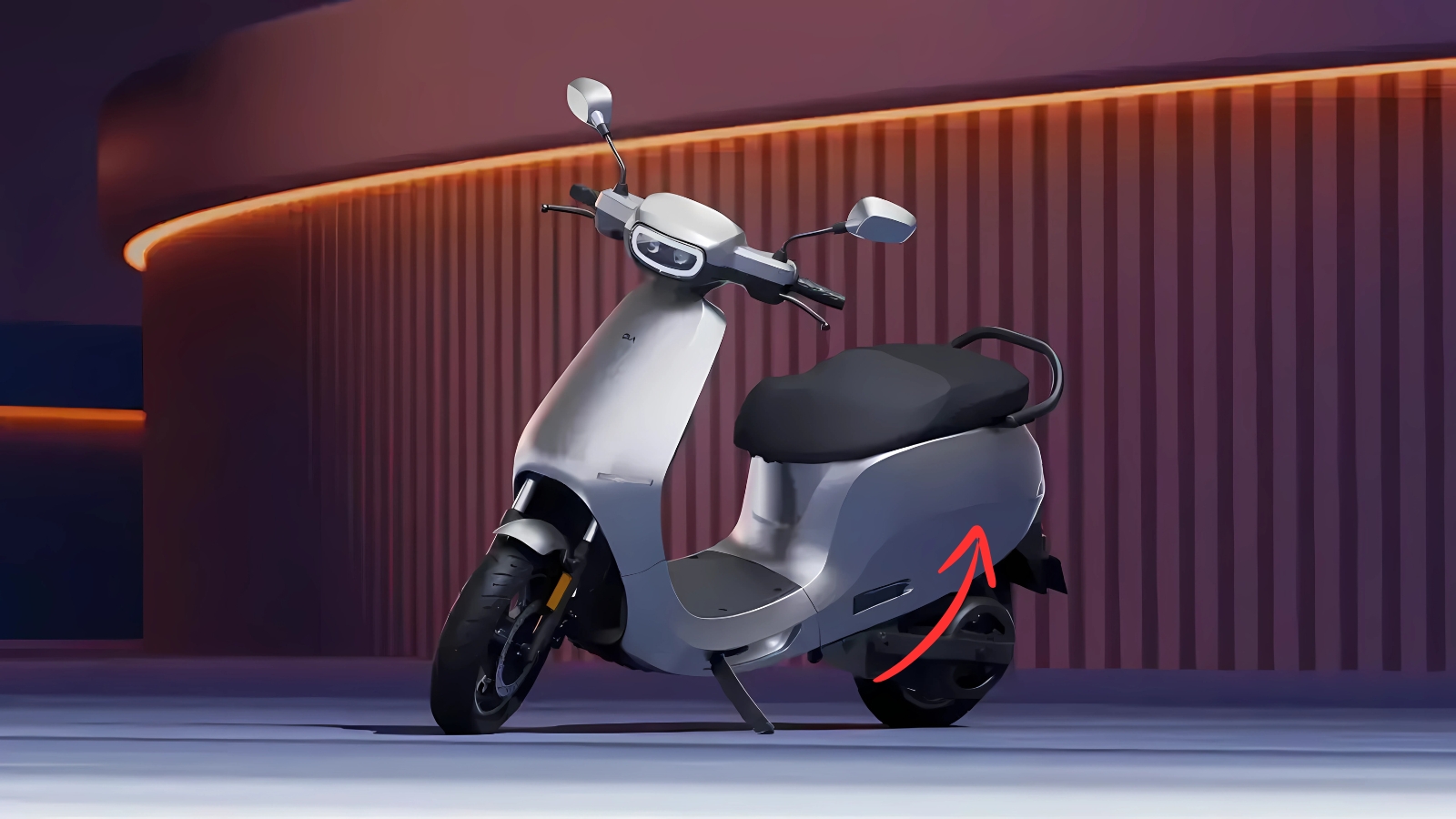Ola Electric S1: The electric vehicle landscape in India has witnessed a seismic shift, and at the center of this transformation stands the Ola Electric S1 series. What started as an ambitious venture by ride-hailing giant Ola has evolved into a market-dominating force that’s literally changing how millions of Indians think about daily commuting. The numbers speak volumes – Ola Electric now commands approximately 30% of the electric two-wheeler market, making it the undisputed leader in a rapidly expanding segment.
Ola Electric S1 Design Evolution: Where Form Meets Function
Walking past any Ola showroom today, you’ll immediately notice how the S1 series has redefined what an electric scooter should look like. The design philosophy embraces what Ola calls “futuristic minimalism” – clean lines, sharp LED lighting, and a distinctly modern aesthetic that makes traditional scooters look dated by comparison.
The latest generation maintains the signature sleek profile while incorporating practical improvements that actual riders have been asking for. Available across multiple colorways including Passion Red, Midnight Blue, Jet Black, Industrial Silver, and Porcelain White, each variant tells its own visual story. The build quality has noticeably improved from earlier generations, though some panel gaps and material inconsistencies still remind you this isn’t a premium European product.
Performance Spectrum: Something for Every Rider
Here’s where Ola really shows its understanding of the Indian market. The S1 range isn’t just one scooter – it’s an entire ecosystem designed to meet varying needs and budgets. The entry-level S1 X starts at ₹65,499 and offers variants with 2kWh, 3kWh, and 4kWh battery options, providing ranges from 108km to an impressive 190km on a single charge.
The flagship S1 Pro commands the premium segment with its 120 kmph top speed, 195km range, and sub-3-second 0-40kmph acceleration that genuinely surprises first-time riders. During real-world testing, these performance figures translate to confident highway cruising and zippy city navigation that puts many petrol scooters to shame.
What’s particularly impressive is how different battery configurations cater to specific usage patterns. Daily city commuters find the 2kWh variant perfectly adequate, while those with longer routes or range anxiety gravitate toward the 4kWh option that practically eliminates charging concerns for most users.
Technology Integration: Smart Features That Actually Work
The S1’s tech integration feels genuinely useful rather than gimmicky. The touchscreen display responds intuitively, offering navigation, music control, and vehicle diagnostics through a clean interface. The smartphone app connectivity allows remote monitoring, trip planning, and even pre-conditioning – features that make ownership feel distinctly modern.
Ola’s MoveOS 4 represents a significant software advancement, with AI-powered diagnostics that can predict maintenance needs and troubleshoot issues remotely. This isn’t just marketing speak – owners report fewer surprise breakdowns and more proactive service notifications.
Real-World Ownership: The Honest Experience
Let’s address the elephant in the room – service quality. User feedback consistently highlights service accessibility as Ola’s biggest challenge, with long waiting lines and limited service center availability creating frustration among owners. However, the company has acknowledged these issues and is aggressively expanding from 600 to 1,000 service centers by December 2025, while training 100,000 third-party mechanics.
The ownership economics remain compelling. Ola claims users can save ₹21,138 annually compared to petrol scooters, with monthly savings of ₹1,761 based on typical usage patterns. These aren’t theoretical numbers – owners consistently report dramatic reductions in running costs, especially with rising fuel prices.
Battery reliability deserves special mention. The 8-year warranty provides genuine peace of mind, and reports of premature battery degradation have decreased significantly with newer generations.
Market Position: Leading the Charge Forward
Ola’s aggressive expansion strategy includes growing their distribution network to 2,000 stores by March 2025, up from the current 782 locations. This accessibility improvement addresses one of the key barriers to electric adoption in smaller cities.
The delayed launch of budget models like the S1 Z to end-2025 reflects production challenges, but also demonstrates Ola’s focus on perfecting existing offerings rather than rushing new products to market.
Ola Electric S1 Future Outlook: Beyond Two Wheels
The S1 series represents just the beginning of Ola’s electrification ambitions. With electric motorcycles and eventually cars planned, the S1 serves as both a standalone success story and a foundation for broader transportation transformation.
For potential buyers today, the Ola Electric S1 offers a compelling combination of performance, technology, and economics that makes the switch from petrol increasingly sensible. Yes, service improvements are needed, but the fundamental product has matured into something genuinely recommendable for most Indian commuters.

